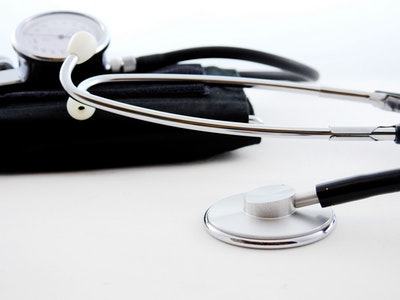
How fast does a heart pump blood?
Hands-on Activities
Get active in this activity and explore the impact of exercise on your heart rate. Ready, set, GO!
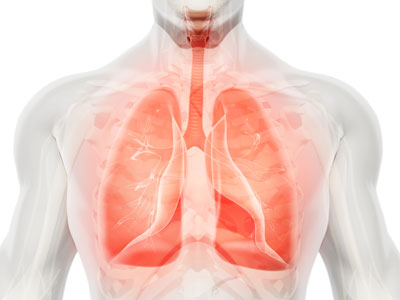
How much air do I breathe in?
Hands-on Activities
Learn how to measure lung capacity and about the factors that can affect our lung capacity in this hands on activity.

How Snake Venom Kills… and Saves Lives
STEM Explained
Snake venom can be dangerous for your circulatory system, nervous system or muscular system. But it can also be very useful in medicine.
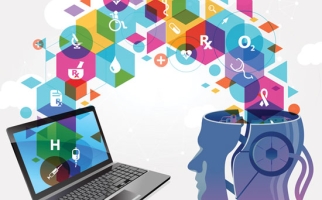
How Can Your Doctor Use the Data in You?
STEM Explained
Scientists are training artificial intelligence to diagnose injuries using x-rays and other medical imagery of you (and millions of others). What improvements and other changes might this bring to the health care system?

Gamma Rays: Helper or Hazard?
STEM Explained
Gamma rays might make you think of cancer, harmful radiation or superheroes. But gamma rays have lots of uses: food safety, manufacturing and even medicine!
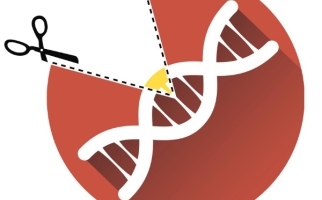
Genome Editing
STEM Explained
Medical biotechnology allows scientists to make changes to the genomes of living things. What are the pros and cons of having access to techniques like these?

Have Scientists Found a Way for People to Live Longer?
STEM Explained
Everything and everyone ages. But scientists have made discoveries about our cells and circulatory and immune systems that could potentially one day be used to increase human lifespans.
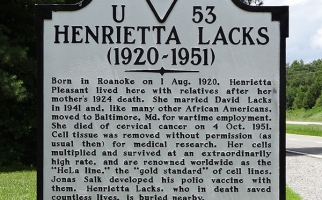
Why is Henrietta Lacks Important?
STEM Explained
When the cells of Henrietta Lacks were collected by medical researchers after her death in 1951, it changed the future of medicine.

Chemical Equilibrium and Panic Attacks
STEM Explained
Panic attacks are scary and they upset your body’s chemical equilibrium. Learn what happens to acids & bases in your circulatory system during a panic attack.
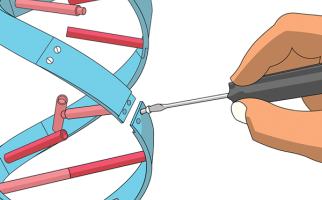
DNA Damage and Repair
Backgrounders
This backgrounder explains the different ways that cells repair damage to DNA.
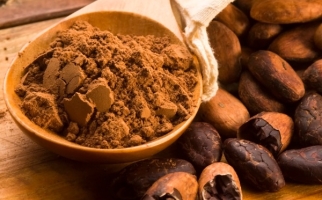
Can Chocolate Make Your Brain Work Better?
STEM Explained
Researchers have found that consuming foods rich in flavanols is linked to more efficient blood flow, which can improve brain function.
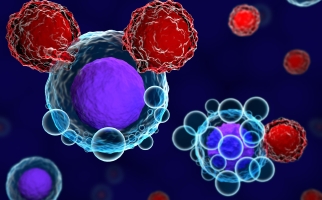
Can Your Own Cells Cure Cancer?
STEM Explained
When a person has cancer, CAR-T Therapy uses their own cells to destroy the cancer cells in their body.
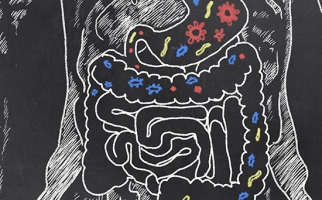
Are Microbes Your Friend or Foe?
STEM Explained
Microbes are everywhere, even in your digestive tract. Some of these microbes are helpful, and some aren’t.

A Taste of Heavy Metal
STEM Explained
Heavy metal is a term for some toxic chemical elements. They can cause problems like bioaccumulation, but are useful in nuclear medicine and medical imaging.
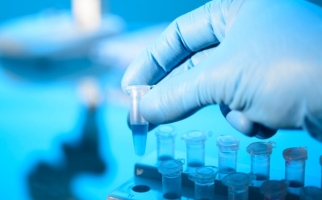
DNA Extraction
Backgrounders
Learn the basics of how DNA can be extracted from cells.